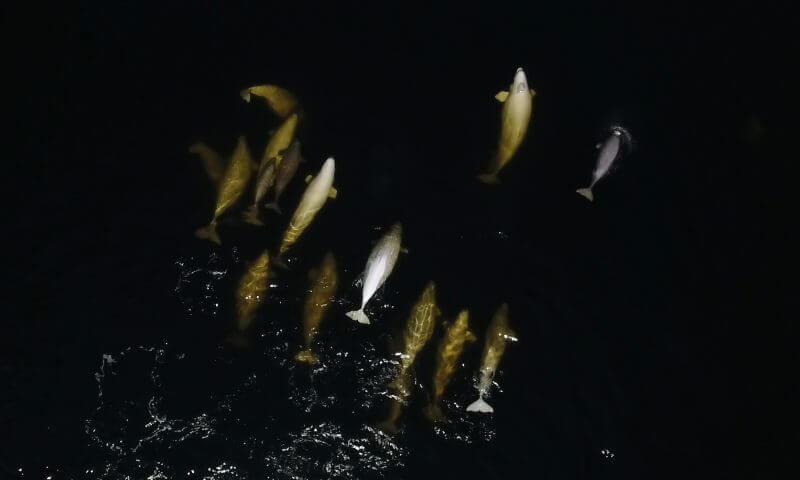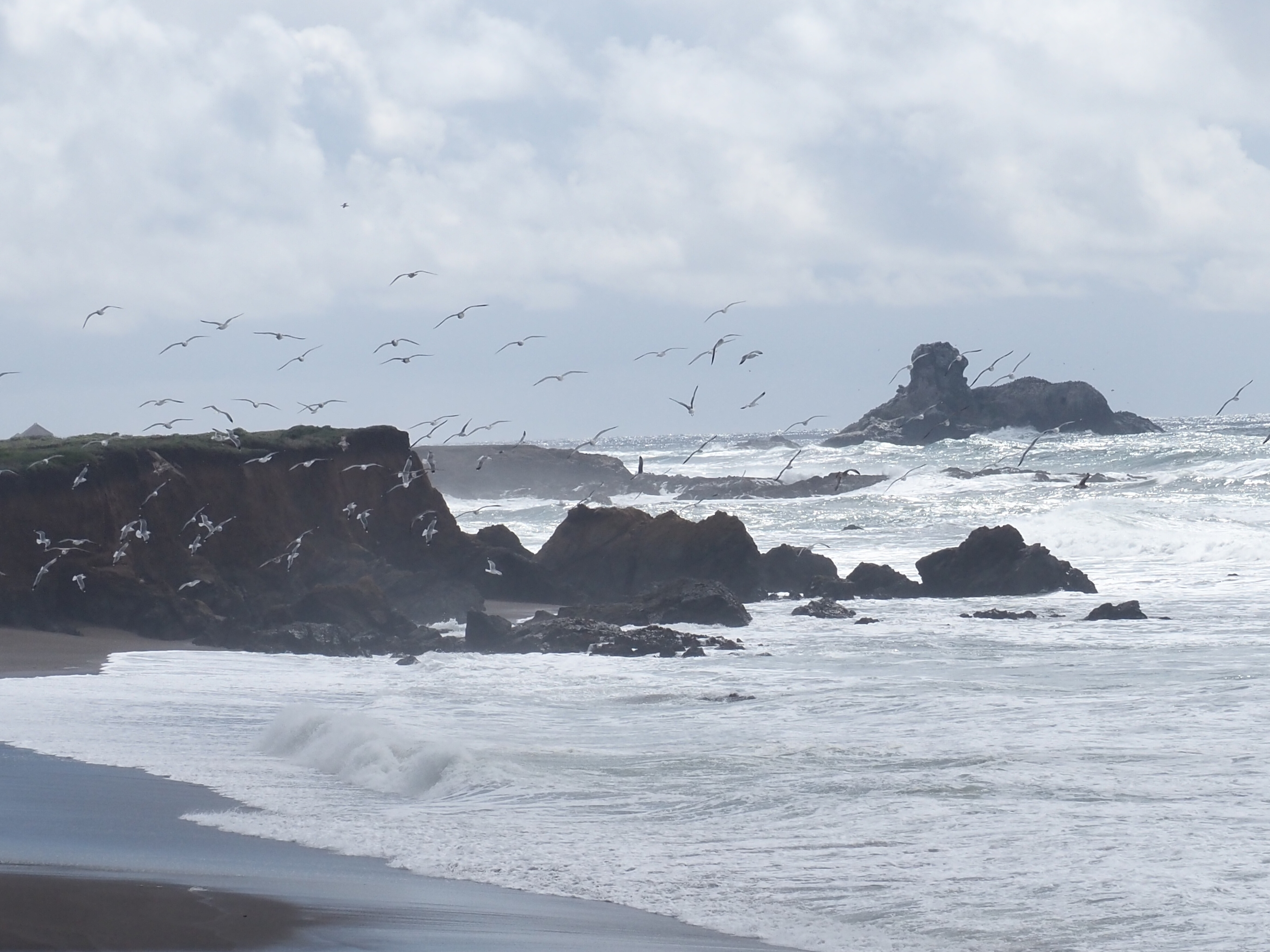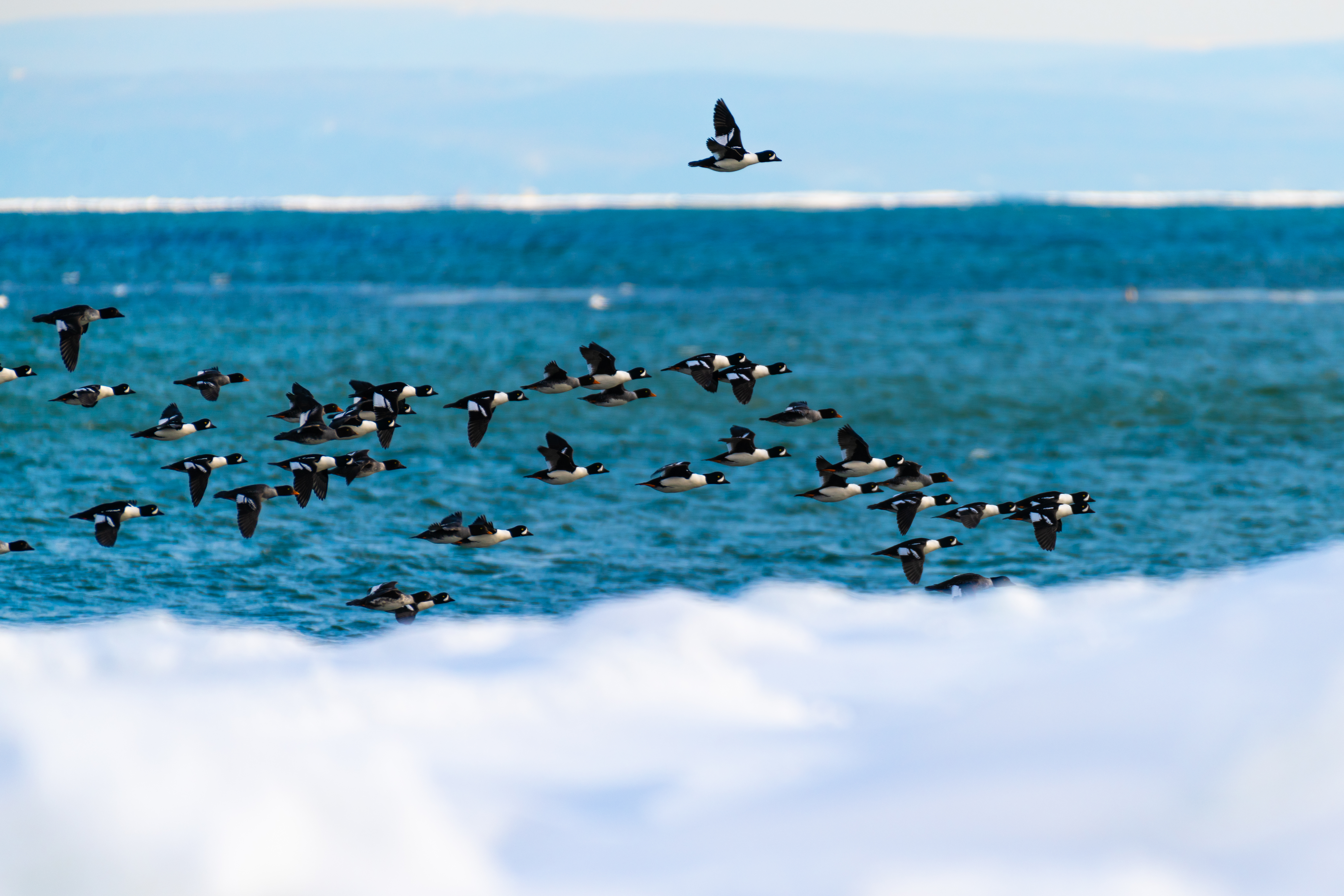Topic of my Master’s project: Investigation of Allomothering in St. Lawrence Belugas
For a long time, studies of cetaceans were restricted by the limited views offered by research vessels and land-based observation sites. Today, with the invention of the drone – small remote-controlled aircraft with infinite uses – we can have a bird’s eye view of the whales we want to study, track their movements and observe their behaviour like never before. With a drone-mounted camera, we can photograph and film our research subjects in their natural state and with minimum disturbance.
This method is particularly interesting for studying belugas, a highly gregarious species whose complex social ties remain mysterious to researchers. For my Master’s project and in collaboration with the GREMM, I am studying allomaternal care of young belugas. What do we mean by allomaternal care? In fact, it is the care given to a young animal by any female other than its own mother. “Allomothers” may be grandmothers, aunts, older sisters, or even females unrelated to the youngster in question. Although this cooperative behaviour is well known in sperm whales, dolphins, and even belugas in captivity, no study has demonstrated its existence in wild belugas. By capturing on film groups of females and young using a drone and conducting detailed analysis of the social behaviours revealed by these images, I hope to demonstrate the existence of allomothering in our belugas, as well as to better understand the social bonds that unite the groups of females. If you’re passing through the area this summer, you might see me flying the drone from a research vessel, or from the newly-built observation tower in Baie Sainte-Marguerite.
Unlike the St. Lawrence, Baie Sainte-Marguerite is a very peaceful and quiet place, which might be why many females choose to spend a great deal of time there when they are with young calves. In addition to its strategic position, the observation tower offers several advantages compared to land-based sites and research vessels. The location of the tower in the middle of the bay provides me with a broad overview of the animals’ movement, which would be impossible from the ground. Moreover, unlike boats, whose engine noise is well recognized as a major disturbance factor in belugas, the tower is completely non-invasive and will not disturb the intimate moments between females and their young.
Stay tuned for more!






